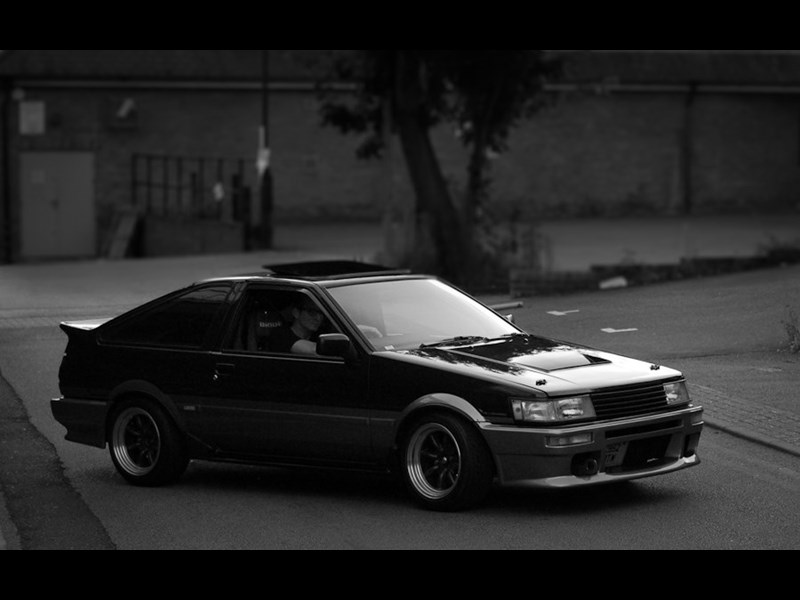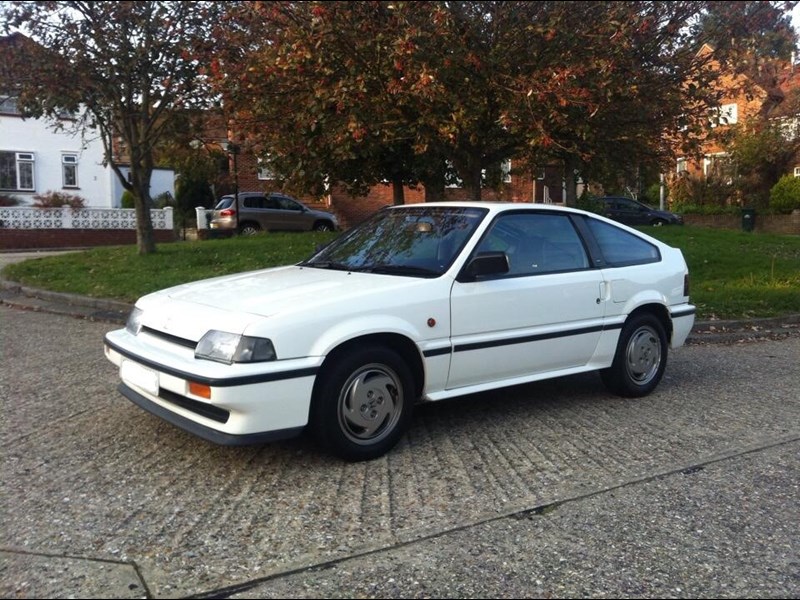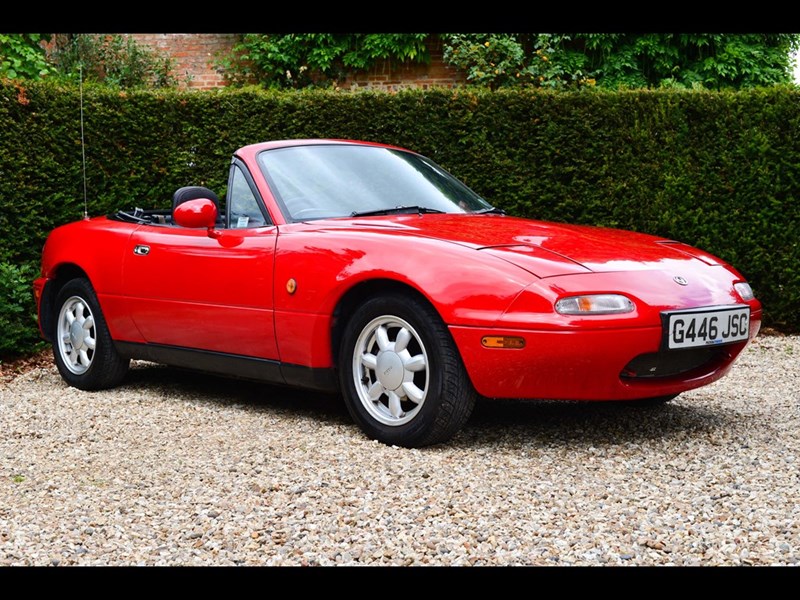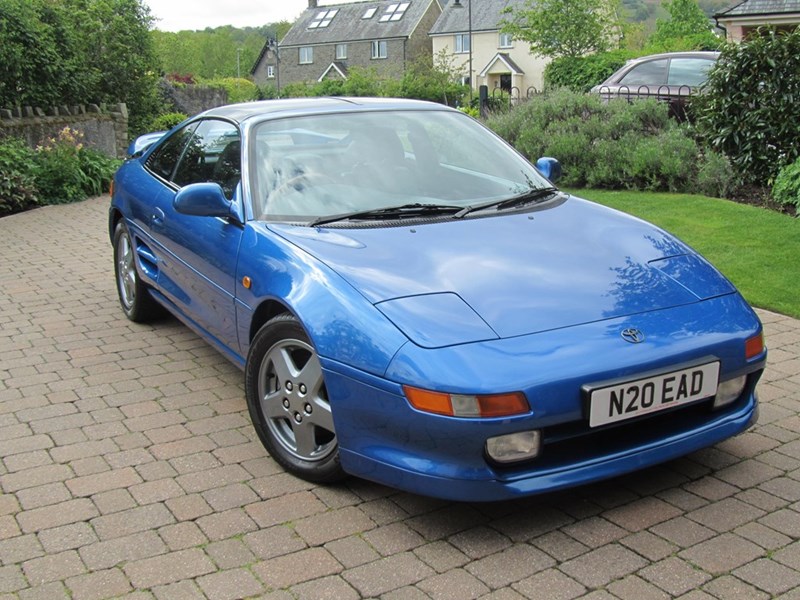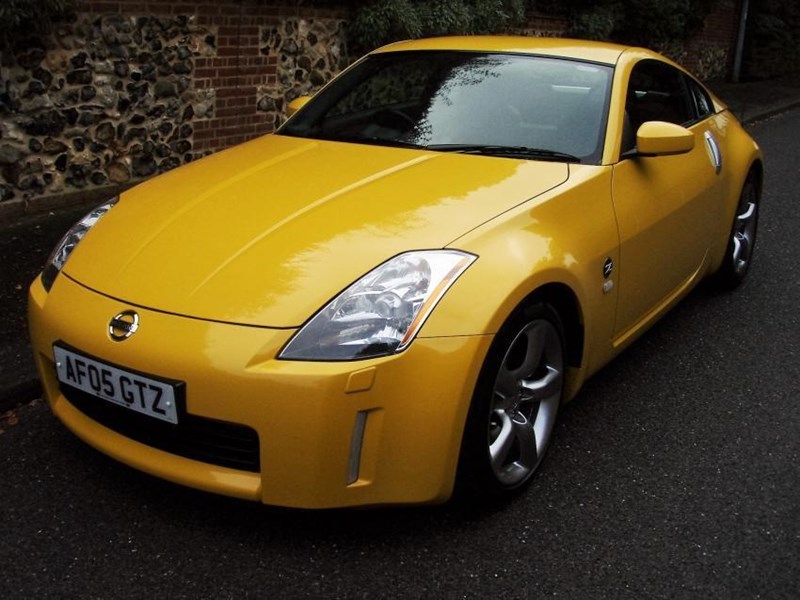They do things differently in Japan, but they do it very, very well. We take nine Oriental gamechangers - three each from the 1980s, 1990s and 2000s - and decide if they are still hero cars today.
It's exactly 50 years since the first Japanese import rolled into the UK. The Daihatsu Compagno was the first in a tidal wave of cars - some good, some bad, and one or two that were brilliant. It could be argued that it's since the 1980s that the Japanese motor industry ceased apeing the Europeans and started innovating in its own right. And once that moment passed, the entire fabric of the motor industry changed.
These cars are the result of the Japanese industry's obsession with perfection. Its carmakers would spend decades and billions of yen to develop the car most suited to its job and wouldn't stop 'til they'd hit the bullseye. History is littered with such cars. Toyota took the recipe for the Ford Escort MkII and improved it significantly. The same firm's engineers then shattered the mould with the masterpiece that is the Lexus LS400. Honda's CR-X proved that fun small cars don't have to wear a GTI badge, and the Mitsubishi Evo showed that it was possible to use technology to practically rewrite the laws of physics. There are very good reasons why the Mazda MX-5 is the best-selling sports car of all time. Many reasons.
Many have been engineered to a level of perfection the west is incapable of meeting, yet remain within the budgets of everyman. Their reliability remains intact long after most cars have become vague memories in the minds of their former owners. But is that enough to make them exciting modern classics you'd yearn to have in your garage? Let's find out...
THE 1980s
Lexus LS400
Lexus came to the party with a development bill of more than $1bn, taking a team of thousands more than five years to get to launch in Detroit in 1989. What they created was a credible challenger to Mercedes-Benz and Jaguar, with unheard-of build quality. The engine - a purring quad-cam V8 - was the smoothest available, and a drive in Toyota's own 100,000-miler still attests to that. It made use of the pneumatic engine mounts to further reduce vibration, and even the propshaft was designed to sit absolutely straight - hence the engine being tilted backwards. That's attention to detail.
The interior still feels impressively high quality, although it might now be lost on you that the wood finish was applied by piano-builders at Yamaha. Its dash features innovative vacuum-fluorescent instruments, which look deeply cool. The seats are also incredibly comfortable, and the engine note is absolutely epic in a muted kind of way. You'll relish any long distance you can throw at it, especially if you have tapes for its magnificent sound system.
Verdict: We'd still have an XJ40, despite the grief.
Toyota Corolla GT
This diminuitive-looking machine is the car that kicked off an entire subculture in Japan. We have but one person to blame for this: a racing driver by the name of Keiichi Tsuchiya, otherwise known as Drift King. As his name suggests, Tsuchiya was infamous for powersliding his AE86 around the mountain passes in Japan, with the entire drfiting culture following in his tyre tracks.
The Corolla GT Coupe - known in Japan as the Levin or affectionately as Hachi Roku, which translates to Toyota's factory code of '86' - oversteered its way into the lives of motor sport enthusiasts' lives and was entered into countless stage rallies. With a very light kerb weight and twin-cam engine powering the rear wheels alongside a factory-option LSD, handling is as sprightly as you'd imagine, the chassis blessed with beautiful balance.
It's not intimidating to drive. Its 4A-GE lump is tractable yet loves to be revved hard. This is a car in which you can have a lot of fun at legal speeds, but bolting on a set of modifications gives you something scarily capable.
Verdict: An all-time legend.
Honda CRX
This featherweight front-wheel drive coupe redefined the cheap, reliable and fun sports car. Launched in 1987 as the second generation of the CRX, it's a technical marvel that handles superbly. For the ultimate in performance, you'll want to find a car fitted with the legendary 1.6-litre B16A VTEC engine. Its 150bhp makes it very quick, but the remarkable thing is its power delivery. There's that grin-inducing VTEC step in power from 5000rpm, climaxing at 8000rpm. Frantic yet wonderful.
It's a car with a laid-back nature during normal driving, but one which transforms into a screaming banshee when you're on it. It was only the second Honda to get a VTEC engine - the first being the Integra.
The CRX stacks up as a great modern classic - it makes you feel alive, and is a genuine joy machine on the right road. Don't be tempted to lump it in with its pointless 1990s namesake, though.
Verdict: MG Midget for drivers in a hurry.
THE 1990s
Mazda MX-5
The MX-5 is the best-selling sports car of all time, so it deserves its place here. Mazda is selling the fourth generation because the MkI was a gamechanger, proving Japan could strike right at the heart of Europe by building a roadster with heart and soul. Today, if you're looking for a truly pure driver's car for blatting up B-roads, there are few more rewarding machines. But then the MX-5 was designed to be a great British sports car built in Japan.
Drive one for five minutes and we guarantee you'll get it. The rear-wheel-drive chassis is beautifully balanced, the engine has pin-sharp throttle response and the gearchange is one of the best ever made. The ways it snicks between ratios is so rewarding.
Driving an MX-5 is seriously rewarding and a pain-free car to run all year round. So, get in, drive and enjoy a modern classic wihout any downsides.
Verdict: Nobody could match it - and they still can't.
Toyota MR2
The oft-overlooked MR2 is a fantastic value buy, and was a gamechanger for giving us a taste of the exotic for sensible money. It's a mid-engined two-seater sports car with a transverse inline four-cylinder and styling that makes it look like a baby Ferrari. You can still pick up an MR2 for peanuts these days and we'd recommend you do just that.
A true driver's car, the MR2 was developed to perform well on the track as well as the road. Those fancying a bit of open-top action could plump for the T-bar version, but this does have a negative effect on the body's rigidity and handling.
If you're after real performance, there's always the option of finding a grey market Turbo - a performance car hero that can make even serious drivers go weak at the knees.
Verdict: Flawed but worth a punt.
Toyota Supra MkIV
This is where Japanese performance got serious and gamechanging shifted up a gear. The fourth-generation Supra was launched in 1993, and went to the head of Toyota's range. It was a seriously fast GT with bags of character, real motor sport pedigree and a rear wing that wouldn't be out of place at Heathrow.
It certainly makes great use of its 320bhp twin-turbo straight-six, with great traction and adjustable rear-wheel-drive handling. The majority of Supras had a four-speed auto featuring a manual mode, which suits the Supra better than the six-speed manual.
While it couldn't match the Honda NSX's lofty supercar dynamics, the Supra was significantly cheaper to buy, and potentially way quicker. And for a certain generation, now with money to spend, it was a siren star of the first instalment of the Fast and Furious film franchise. And that makes it an icon of our times.
Verdict: Hilarious amounts of go for your cash.
THE 2000s
Honda Integrale Type-R
Behold the best-handling front-wheel drive car of all time. Quite a claim, sure, but it's a fact, and that makes it a gamechanger - even if the rest of the world has yet to catch up, and which it may never. The DC2 Type-R broke the mould and injected some youth appeal into Honda's product range. An uncompromised engineer's car, the company ended up making a loss on each car sold.
So what makes it such a fine-handling car? To begin with, it has a seriously stiff bodyshell. There is extra bracing to keep things pointed in the right direction, a firm yet compliant suspension set-up and a Helical LSD up front to mete out torque efficiently. Its steering is super responsive, but it's an easy thing to get used to.
Then there's its Type-R engine, which revs to a frankly hilarious 9000rpm, screaming all the way. It's raw joy that, once experienced, you will yearn to return to.
Yes it's flawed. It's noisy on the motorway thanks to low gearing - but it's a trackday car for the road and a huge amount of fun. The perfect modern classic, in fact.
Verdict: The most fun you'll have in an FWD car.
Nissan 350Z
The significance of the 350Z is sometimes forgotten - but as an affordable sports car, with bags of character and power, it has all the ingredients to be a true gamechanger. It's brimming with simple pleasures - uncorrupted steering, and an easily controlled rear-end: Porsche power without the price, with a bellowing old-school engine note thrown in for free.
This Z car is more of an old-fashioned brute. The gearshift feels incredibly solid, albeit a little agricultural, and you can feel each turn of the engine through the lever.
It feels right inside too, with a low-slung driving position, and sculpted dashboard with deep-set instruments that reassuringly harks back to the 240Z. We love it for that, it's clearly a car conceived by enthusiasts.
This is your modern classic smart buy, one to enjoy, and offers scope for values to increase.
Verdict: Underrated and brilliant.
Mitsubishi Evo VI Tommi Makinen
As an investment in Japanese car heritage, there aren't many better than this. It's the ultimate Evo VI, built to celebrate its namesake, rally driver Tommi Makinen, winning his fourth World Rally Championship. While Mitsubishi sold plenty of Evos you'll need to search far and wide to find another Tommi Makinen - 2500 were made, but few made it to the UK, and they're super rare now.
The other features particular to this rarest of Evo VIs are the white Enkei alloys, front bumper with no foglights, and seats stitched with Tommi Makinen's name. In case you forget.
As with all Evos, it's powered by a strangely flat-sounding four-pot turbo engine, but the real highlight is handling you simply have to experience to believe. The chassis features Active Yaw Control and a four-wheel-drive system delivering masses of grip. The addition of Brembo brakes slowing the thing down means there aren'tmany quicker cars point-to-point.
Steering is light yet responsive, the five-speed gearbox slick in operation and the rest of the controls beautifully judged. Yes it has a plasticky cabin, but it's also investment-grade fun.
Verdict: Rallying legend unbeatable on the road.
